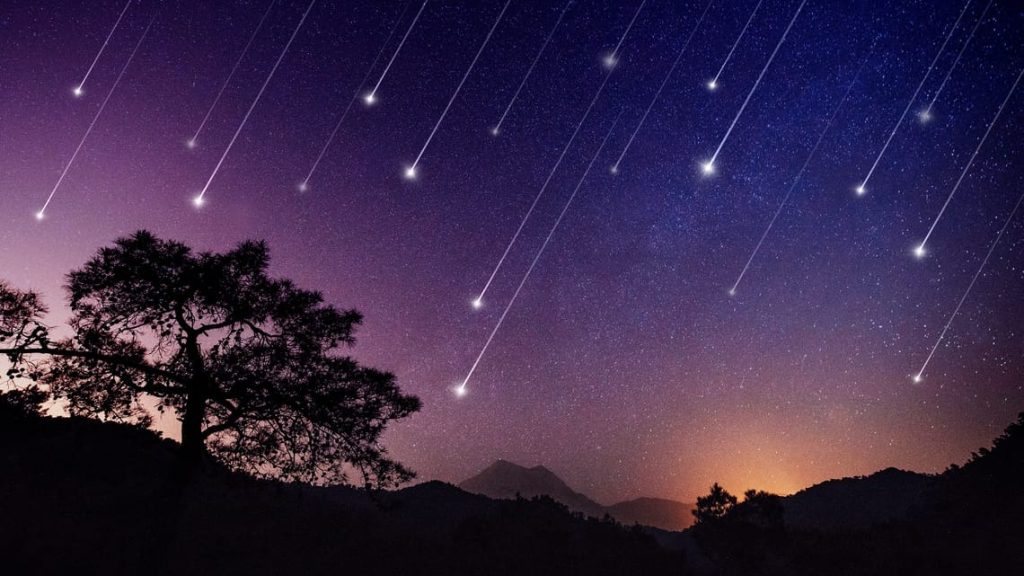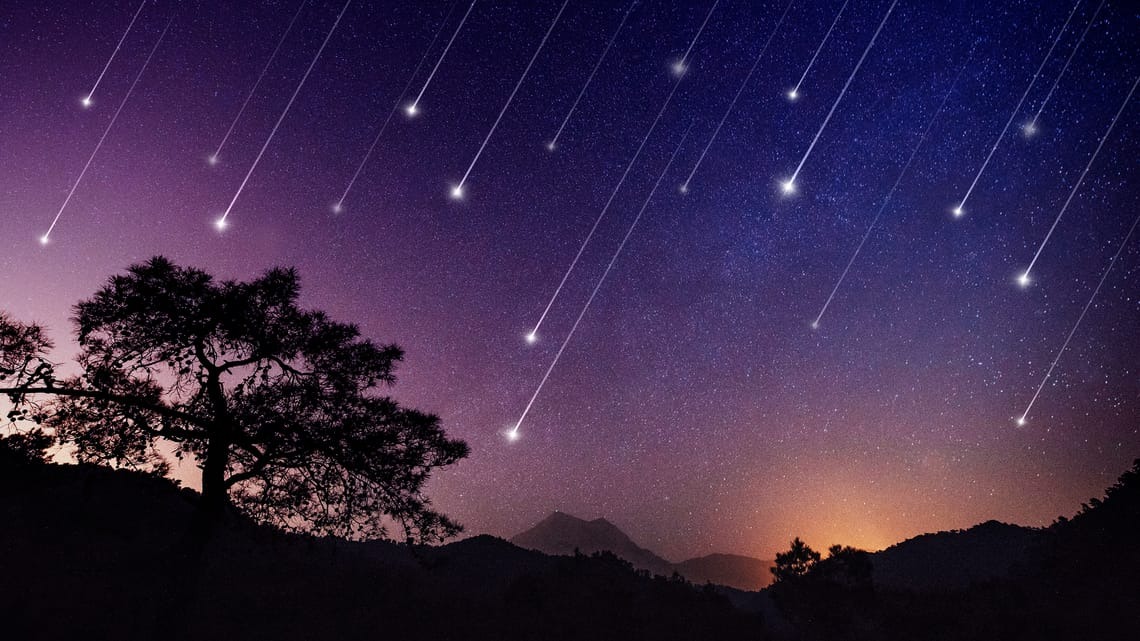Advertisements
Malaysians in for a Celestial Treat as Perseids Meteor Shower Peaks

KUCHING, August 12 — Sky gazers in Malaysia are in for an extraordinary astronomical display as the Perseids Meteor Shower is set to grace the skies on the night of August 12. With predictions of up to 100 shooting stars per hour, this event promises to be a visual feast for stargazers across the country.
Optimal Viewing Conditions for the Perseids Meteor Shower
Advertisements
According to the Malaysian Space Agency (MYSA), this year’s Perseids Meteor Shower will be particularly spectacular in Malaysia. The peak viewing hours from 9 PM on August 12 until dawn on August 13 will offer optimal conditions for meteor observation, thanks to the moon setting at midnight. This reduces light interference, providing a clearer view of the meteors streaking across the night sky.
Tips for a Memorable Meteor Shower Experience
To make the most of this celestial event, observers are advised to seek out dark locations away from city lights where light pollution is minimal. Ideal viewing spots are areas without tall buildings, trees, or other obstructions that could block the view of the night sky.
It’s essential to allow your eyes to adjust to the darkness for about 20 minutes before attempting to view the meteors. During the Perseids Meteor Shower, meteors can appear from any direction, so there’s no need to focus solely on the Perseus constellation, from which the meteors are named. Instead, keep your gaze towards the open sky to catch the full spectacle.
Understanding the Perseids Meteor Shower
The Perseids Meteor Shower is named after the Perseus constellation, as the meteors appear to originate from this region in the northern sky. However, meteors can emerge from various directions, creating a dynamic and widespread display. This annual event occurs as Earth passes through the debris left behind by Comet Swift-Tuttle during its orbit around the Sun.
The Origin of the Perseids Meteor Shower
Comet Swift-Tuttle, which has a nucleus approximately 26 kilometers in diameter, orbits the Sun every 133 years. The comet last approached Earth in 1992 and is expected to make its next appearance in 2126. As the comet gets closer to the Sun, the heat causes its icy nucleus to sublimate, releasing dust and debris into space. When Earth crosses this path, the debris burns up upon entering the atmosphere, creating the brilliant streaks of light we know as meteors.
Prepare for a Night Under the Stars
With clear skies forecasted for many parts of Malaysia, the Perseids Meteor Shower offers a perfect opportunity for families, friends, and amateur astronomers to come together and enjoy the wonders of the universe. Make sure to find a cozy spot under the stars and witness one of the most awe-inspiring natural phenomena of the year.


